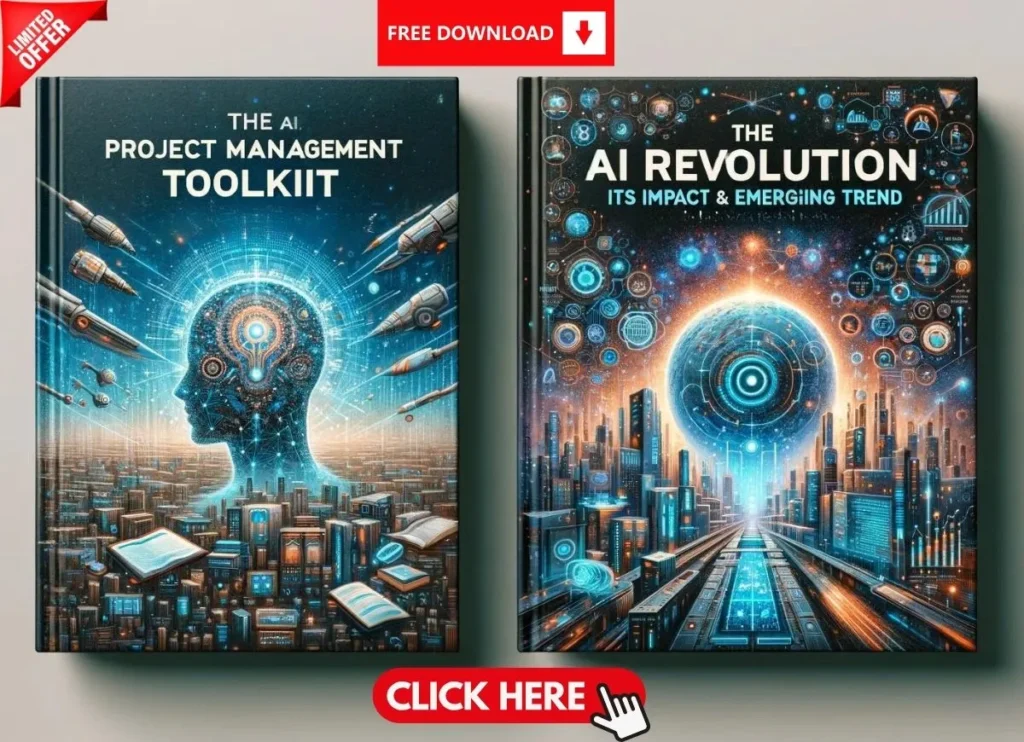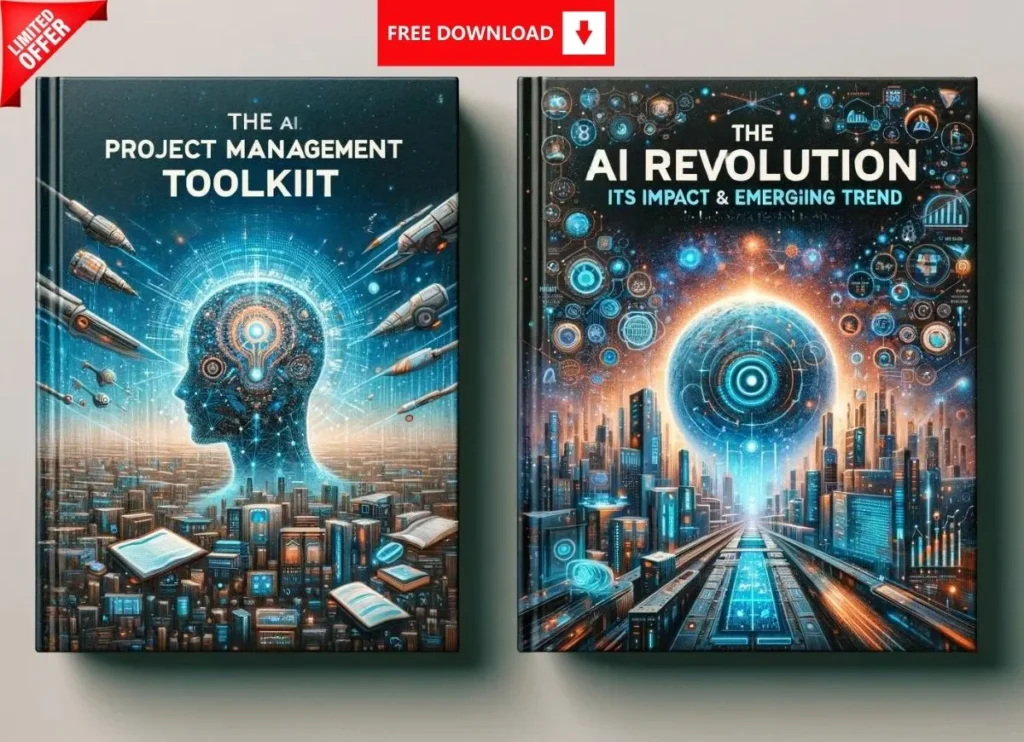Introduction
Stepping into a Project Manager role in a manufacturing environment can feel like navigating uncharted territory—especially if you’re transitioning from an industry like software implementation. With 8-30 years of professional experience, you bring a wealth of skills, but a hybrid matrix structure, where functional teams juggle departmental duties and project contributions, adds complexity. How do you quickly grasp their roles, strengths, and challenges without sounding like an outsider or a micromanager?
The answer lies in asking the right questions for new project managers. This guide is crafted for seasoned professionals taking on manufacturing PM roles, offering practical conversation on questions for new project managers starters to build rapport, uncover team expertise, and position yourself as a value-adding leader. Here’s a tip to kick things off: In your first week, ask one team member, “What’s the one thing I should know about your role?” Let’s dive into mastering your transition!
Why Strategic Questions Set the Tone for Success
Avoiding Common Pitfalls
- Generic Queries: “What do you do?” feels dismissive and ignores their context.
- Premature Problem-Solving: Diving into issues before rapport risks alienating teams.
- Industry Assumptions: Software workflows don’t mirror manufacturing—don’t assume they do.
The Power of Curiosity
- Build Rapport: Thoughtful questions show you’re there to learn, not dictate.
- Uncover Insights: Open-ended prompts reveal hidden dynamics.
- Set Expectations: Early dialogue aligns teams with your collaborative style.
Expert Tip: Start with, “I’m new to manufacturing—what’s one thing you wish PMs understood about your work?” It’s a rapport goldmine.
10 Best Questions to Understand Team Roles
Core Role Questions
- Can you walk me through a typical day in your role?
- Imagine you’re a manufacturing supervisor overseeing a busy production floor. A typical day starts early at 7:00 AM with a quick team huddle. Here, I review the day’s goals—think output targets and safety checks—while sipping my coffee. By 7:30 AM, I’m on the floor, ensuring machines are running and workers have what they need.
- Project management in manufacturing is key here; I’m constantly juggling timelines and resources. Around 10:00 AM, I dive into “production scheduling,” adjusting plans if a machine’s down or a shipment’s delayed. Lunch is a quick break to recharge, followed by a meeting with engineers to discuss “process efficiency” tweaks—maybe applying “Lean principles” to cut waste. Afternoons are hands-on: I troubleshoot issues, like a bottleneck in assembly, and check quality stats. By 4:00 PM, I’m wrapping up with reports, logging output, and prepping for tomorrow. Every day’s a mix of planning and reacting, all while keeping the team on track. It’s fast-paced, but seeing a smooth operation makes it worth it.
- What are the most critical steps in your workflow?
- In my role, the workflow hinges on a few make-or-break steps. First, planning kicks things off—project management in manufacturing means setting clear targets, like producing 500 units daily. This ties into “production scheduling,” where I map out machine use and labor shifts to avoid downtime. Next, resource allocation: ensuring raw materials arrive on time and tools are ready. Execution is where the rubber meets the road—workers follow the plan, and I monitor progress. “Quality control” is non-negotiable; every hour, we test samples to catch defects early.
- Adjustments come next—if output lags, I tweak the process, maybe using “Lean principles” to streamline a slow step. Finally, documentation closes the loop: logging data keeps us accountable and informs tomorrow’s plan. Skip any of these, and chaos creeps in—delays pile up, costs spike, or quality dips. Each step builds on the last, so “workflow optimization” is always on my mind. It’s about staying proactive, not just putting out fires.
- How does your team fit into the broader manufacturing process?
- In a typical project management in manufacturing role, collaboration is key. I work most often with the production team, engineering crew, and supply chain group. The production team keeps me updated on production scheduling and output, while engineering helps troubleshoot design issues or equipment hiccups. Supply chain ensures materials arrive on time—a critical piece of workflow optimization. Occasionally, I sync with quality control to align on standards and with sales to adjust timelines based on customer demand. These cross-functional teams are my daily go-tos, and staying connected with them keeps projects on track. Regular check-ins—usually quick stand-ups or emails—help us stay aligned without overloading anyone’s schedule.
- What’s the one task you spend the most time on?
- In a typical project management in manufacturing role, collaboration is key. I work most often with the production team, engineering crew, and supply chain group. The production team keeps me updated on production scheduling and output, while engineering helps troubleshoot design issues or equipment hiccups. Supply chain ensures materials arrive on time—a critical piece of workflow optimization. Occasionally, I sync with quality control to align on standards and with sales to adjust timelines based on customer demand. These cross-functional teams are my daily go-tos, and staying connected with them keeps projects on track. Regular check-ins—usually quick stand-ups or emails—help us stay aligned without overloading anyone’s schedule.
- What’s a recent challenge you’ve tackled in your role?
- In a typical project management in manufacturing role, collaboration is key. I work most often with the production team, engineering crew, and supply chain group. The production team keeps me updated on production scheduling and output, while engineering helps troubleshoot design issues or equipment hiccups. Supply chain ensures materials arrive on time—a critical piece of workflow optimization. Occasionally, I sync with quality control to align on standards and with sales to adjust timelines based on customer demand. These cross-functional teams are my daily go-tos, and staying connected with them keeps projects on track. Regular check-ins—usually quick stand-ups or emails—help us stay aligned without overloading anyone’s schedule.
- Can you walk me through a typical day in your role?
Collaboration-Focused Questions
- Which teams do you work with most often?
-
In a typical project management in manufacturing role, collaboration is key. I work most often with the production team, engineering crew, and supply chain group. The production team keeps me updated on production scheduling and output, while engineering helps troubleshoot design issues or equipment hiccups. Supply chain ensures materials arrive on time—a critical piece of workflow optimization. Occasionally, I sync with quality control to align on standards and with sales to adjust timelines based on customer demand. These cross-functional teams are my daily go-tos, and staying connected with them keeps projects on track. Regular check-ins—usually quick stand-ups or emails—help us stay aligned without overloading anyone’s schedule.
-
- Are there recurring bottlenecks when collaborating with other groups?
-
Yes, bottlenecks pop up, especially in project management in manufacturing. A big one is delayed feedback from engineering when specs change mid-project—it throws off production scheduling and stresses the team. Another snag is supply chain lags; if parts are late, production stalls, and we’re scrambling to adjust. Communication gaps between cross-functional teams also slow things down—like when quality control flags an issue but doesn’t loop us in fast enough. Applying Lean principles has helped reduce waste here, but these hiccups still eat time. Clearer priorities and faster responses could smooth things out.
-
- What info from me would make your job easier?
-
To boost process improvement, I’d love clear, upfront info from you as a project manager. Give me detailed timelines, including buffers for delays, so I can align production scheduling without guesswork. Specs or requirements locked in early save us from rework—engineering hates last-minute surprises. Also, visibility into supply chain updates would help me plan better. If you could flag risks—like budget cuts or shifting deadlines—I could adjust sooner. Basically, anything that cuts ambiguity fuels workflow optimization and keeps cross-functional teams humming. The more I know, the less I chase.
-
- How do you typically get updates on project progress?
-
Updates in project management in manufacturing come through a mix of channels. Daily stand-ups with production and engineering give me real-time snapshots—super quick, usually 15 minutes. For broader stuff, like supply chain or quality checks, I rely on email threads or shared dashboards. Tools like Trello or ERP systems track milestones, which is clutch for team coordination. Sometimes it’s casual—like popping by the shop floor to see what’s up. Weekly reports from the PM tie it all together, showing how we’re pacing against goals. Consistent, no-fluff updates keep Lean principles in play and prevent surprises.
-
- What’s worked well with past PMs you’ve collaborated with?
-
The best PMs I’ve worked with nail project management in manufacturing with a few smart moves. They’re proactive—sharing timelines and risks early so we can prep, not react. One PM set up a shared production scheduling tool that cut confusion across cross-functional teams. Another held short, focused check-ins that respected everyone’s time, boosting team coordination. They also listened—taking feedback on bottlenecks seriously and tweaking plans for process improvement. Clarity on priorities and flexibility when stuff hit the fan made a huge difference. Those habits turned chaos into smooth, predictable progress.
-
Success Story: A PM asked questions for new project managers , “What’s your team’s proudest moment?” and learned about a process innovation—boosting trust instantly.
Uncovering Team Strengths and Challenges
Highlighting Expertise
- What does your team do better than anyone else here?”
- Spotlights core competencies for project success.
- Which project tasks do you feel most confident handling?
- Aligns strengths with deliverables.
- What’s a past win your team still talks about?
- Builds morale while revealing capabilities.
Identifying Roadblocks
- What slows your team down the most?
- Pinpoints inefficiencies or resource gaps.
- Are there tools or processes you wish worked better?
- Flags improvement opportunities.
- What’s the toughest part of meeting project deadlines?
- Highlights timeline risks early.
Expert Tip: Follow up challenges of questions for new project managers with, “How have you worked around that?”—it shows respect and uncovers solutions.
Building Trust Without Overstepping
Empowering Through Dialogue
- Show Respect: Start with, “I’m impressed by what you do—can you tell me more?”
- Collaborate: Ask, “How can we tackle this together?” instead of “Why isn’t this done?”
- Acknowledge Expertise: “Your insight’s invaluable—how do you see this playing out?”
Timing and Tone Tips
- Pick the Right Moment: Avoid peak production hours—opt for breaks or scheduled chats.
- Keep It Casual: “Got a minute to walk me through this?” feels less formal.
- Listen First: Let them finish before jumping in—silence builds trust.
Expert Tip: Try, “What’s one way I can support your team?”—it’s a trust-building game-changer.
Case Study: Thriving as a New PM in Manufacturing
The Transition Journey
A PM with 12 years in software joined a manufacturing firm in a hybrid matrix structure. Unfamiliar with production workflows, they faced skepticism from functional teams. Their approach:
- Held 1-on-1s with leads in the first 10 days, asking, “What’s your team’s biggest win?”
- Shadowed shifts to see processes firsthand, asking, “What’s the toughest part here?”
- Compiled a shared doc of roles, strengths, and pain points, reviewed with the team.
- Checked in weekly with, “How can I make this smoother for you?”
Results and Lessons
- Trust Gained: Teams warmed up within 3 weeks, sharing insights freely.
- Risks Mitigated: Identified a supply chain bottleneck, saving $50K in delays.
- Collaboration Boost: Project kickoff was 20% faster due to early alignment.
Key Takeaway: Strategic questions turn a new PM into a trusted partner—fast.
Conclusion
For seasoned pros stepping into manufacturing project management, asking the right questions for new project managers is your bridge to success. Key takeaways:
- Ditch generic queries for workflow-focused, open-ended ones.
- Uncover strengths and challenges to align teams with goals.
- Build trust through collaboration, not control.
- Start strong by respecting the team’s expertise.
Master your transition with the right questions—then take your project management expertise further by exploring essential insights from PMI here.
Next Steps:
- Book 1-on-1s with key team members in your first two weeks.
- Use the questions for new project managers above to map roles and dynamics.
- Create a living doc of insights—share it with the team for feedback.
- Follow up monthly with, “What’s changed since we last talked?”
Hit the ground running in 2025—Discover 7 brutal truths about whether anyone can be a project manager here.








